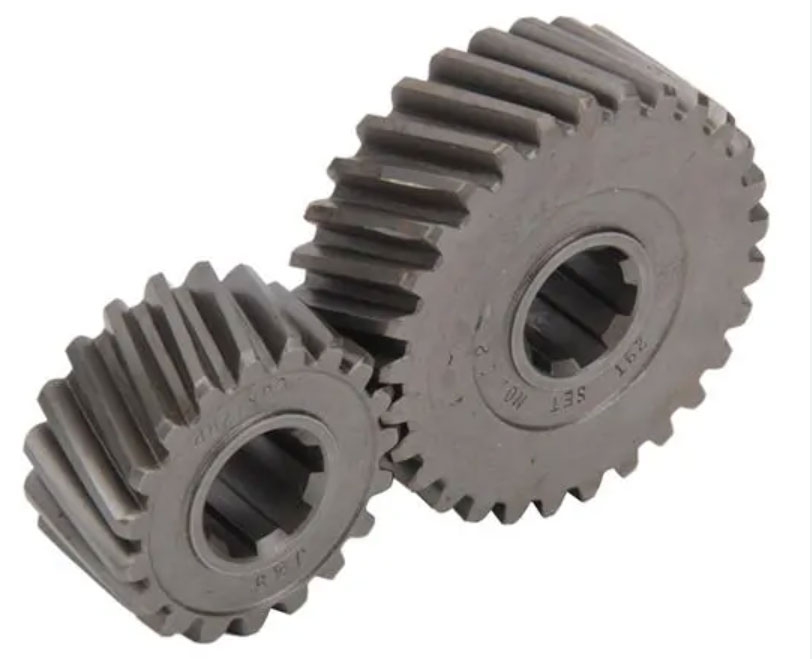Helical gears are commonly used in marine propulsion systems due to their excellent performance and reliability at sea. They offer several advantages over other gear types, making them a preferred choice for transmitting power in marine applications. Let’s explore the performance and reliability aspects of helical gears in marine propulsion systems.

- Power Transmission: Helical gears are highly efficient in transmitting power between the engine and the propeller shaft. The helical gear teeth have a gradual engagement, resulting in smooth and continuous power transfer. This reduces vibration and noise, providing a smoother ride for the vessel and minimizing stress on the gear components.
- Load Distribution: Helical gears have multiple teeth in contact at any given moment, which distributes the load more evenly compared to other gear types. This characteristic enhances the gear’s ability to handle high torque and shock loads commonly encountered in marine propulsion systems. The improved load distribution also helps in reducing wear and extends the gear’s service life.
- Noise and Vibration: The helical gear design minimizes noise and vibration, which is crucial for maintaining a comfortable and quiet environment on board marine vessels. The gradual engagement of the gear teeth reduces gear meshing noise, resulting in quieter operation. Additionally, the helical gears’ ability to distribute loads more evenly reduces vibration, enhancing the overall comfort for passengers and crew.
- Efficiency: Helical gears offer high mechanical efficiency, which is essential for optimizing fuel consumption and maximizing the performance of marine propulsion systems. The improved load distribution, smooth engagement, and reduced friction contribute to higher gear efficiency, resulting in better power transmission and reduced energy losses.
- Reliability and Durability: Helical gears are known for their robustness and durability. The gradual tooth engagement reduces stress concentrations and helps to distribute loads evenly, reducing the risk of gear tooth failures. The design also provides better resistance to shock loads and overloads commonly encountered in marine applications. Proper lubrication and maintenance further enhance the reliability and lifespan of helical gears in marine propulsion systems.
- Compact Design: Helical gears offer a compact design, allowing for efficient space utilization in marine propulsion systems. This is particularly important in vessels where space is limited, such as smaller boats or submarines.
Despite their numerous advantages, there are a few considerations when using helical gears in marine propulsion systems. One factor is the axial thrust generated by helical gears due to the helix angle of the teeth. Proper thrust balancing mechanisms or additional components may be required to counteract this axial thrust. Furthermore, helical gears can generate axial and radial forces, which must be carefully managed to ensure proper alignment and avoid excessive bearing loads.
In conclusion, helical gears are widely used in marine propulsion systems due to their excellent performance, reliability, and efficiency at sea. They provide smooth power transmission, reduce noise and vibration, and offer durability in demanding marine environments. When properly designed, installed, and maintained, helical gears can contribute to the overall success and longevity of marine propulsion systems.
